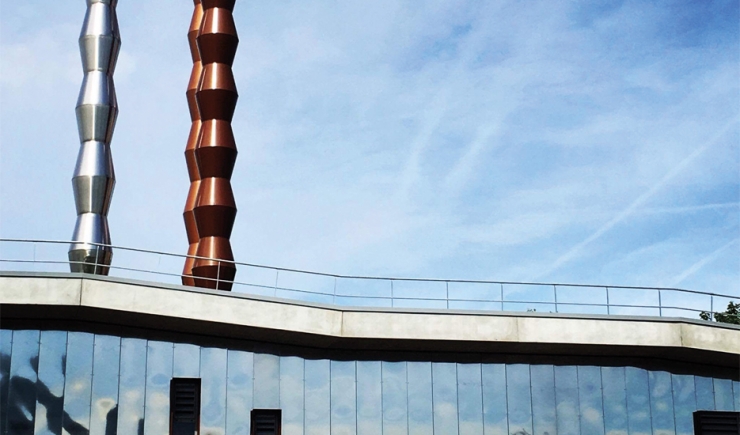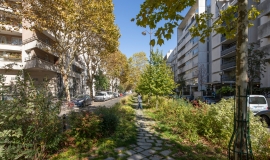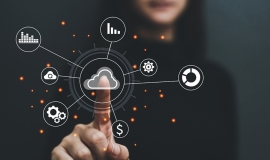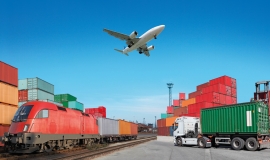Through its Metropolitan Climate-Air-Energy Plan, the Métropole du Grand Paris commits to reaching carbon neutrality by 2050. To achieve this objective heating needs to undergo profound changes in the ways it is used and existing systems.

In 2012, 34 TWh was used to heat housing within the MGP and was responsible for nearly 70% of housing consumption and 37% of the end total energy consumption in MGP (excluding transport). This generated almost 5.9 million tons of CO2 per year, that is 10% of gas emissions in the MGP excluding air transport. The evolution of heating systems within the urban fabric therefore represents a priority field of action, on the same level as efforts to reduce consumption. It is a question of reducing the use of fossil fuels by activating sustainable energies and using energy recovery locally or via networks in order to green the energy mix.
This note provides, previously unpublished elements of information on the evolution of heating modes. To reach the 2050 objectives, the analyses of urban fabrics and ways of occupying it enables the priority lines of action to be identified: to eradicate fossil fuel by putting in place incentive-based political initiatives; to densify and develop heating networks; to develop the use of renewable and sustainable energy -ENR&R- in project sectors; and to decentralise housing fabrics.











